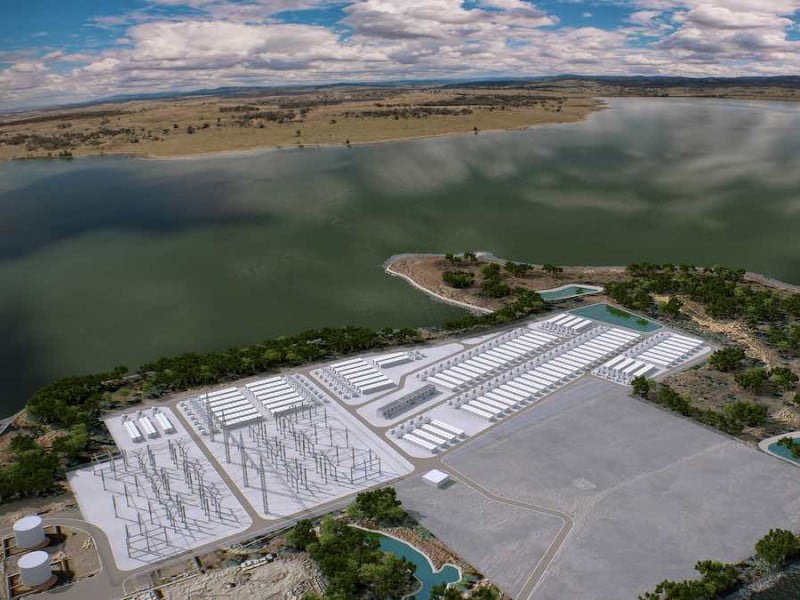Australia’s largest grid-forming battery will be built in the New South Wales Hunter region from early next year after a final investment decision was reached by AGL Energy on Tuesday.
AGL, the country’s largest electricity generator, is advancing its green energy ambitions with the construction of a 500MW/1,000MWh, two-hour duration battery on the site of its retired Liddell coal-fired power station.
The battery is twice the initially planned size and will support the proposed Hunter Energy Hub, which is expected to feature renewable hydrogen and ammonia production.
The project is backed by a $35 million conditional grant from the Australian Renewable Energy Agency (ARENA). It was one of eight projects awarded conditional funding through the $176 million Large-Scale Battery Storage Funding Round in December 2022.

When the funding was announced, the successful projects under the round represented a tenfold increase in grid-forming electricity storage capacity operating in the National Electricity Market, according to ARENA.
AGL is targeting mid-2026 for the commencement of operations on the Liddell battery and is expected to have an asset life of 20 years. It will cost an estimated $750 million to complete construction.
US-headquartered Fluence Energy has been selected as the preferred engineering, procurement, and construction provider.
Grid-forming inverter technology enables energy generators to set their own voltage and frequency which can be maintained without the need to be connected to other generators.
This will enable batteries to restart the grid following a blackout and provide grid stability by adjusting power output to maintain local voltage and frequency, a role historically fulfilled by synchronous power plants fired by coal or gas.
ARENA has previously committed $81 million to eight other grid-scale batteries, five of which had grid-forming capabilities, although they were smaller in scale.
ARENA chief executive Darren Miller welcomed the final investment decision announcement and highlighted the importance of the battery.
“As new solar and wind connects to our grids, we’re going to need increasing amounts of energy storage to continue to provide reliable electricity to our households and businesses,” he said.
“However, as coal and gas generators retire, or start to play a lesser role, we’ll also need these new batteries to provide the crucial system security services that are currently provided by these traditional generators.
“This is why it is important to fund batteries like AGL’s that are equipped with smart inverter technology which can help stabilise the grid as we transition to renewables.
“We look forward to the construction of AGL’s battery in Liddell and expect to see the other ARENA funded grid-forming batteries reach similar milestones in 2024.”
To support development of the green hydrogen facility at the Hunter Energy Hub, AGL has signed memorandums of understanding (MoU) with Fortescue, APA Group, INPEX Corporation, Jemena, and Osaka Gas Australia.
Earlier this month, AGL also signed a MoU with battery recycling startup Renewable Metals to work on a pre-feasibility study on the establishment of a lithium battery recycling facility at the Hunter Energy Hub.
Do you know more? Contact James Riley via Email.

